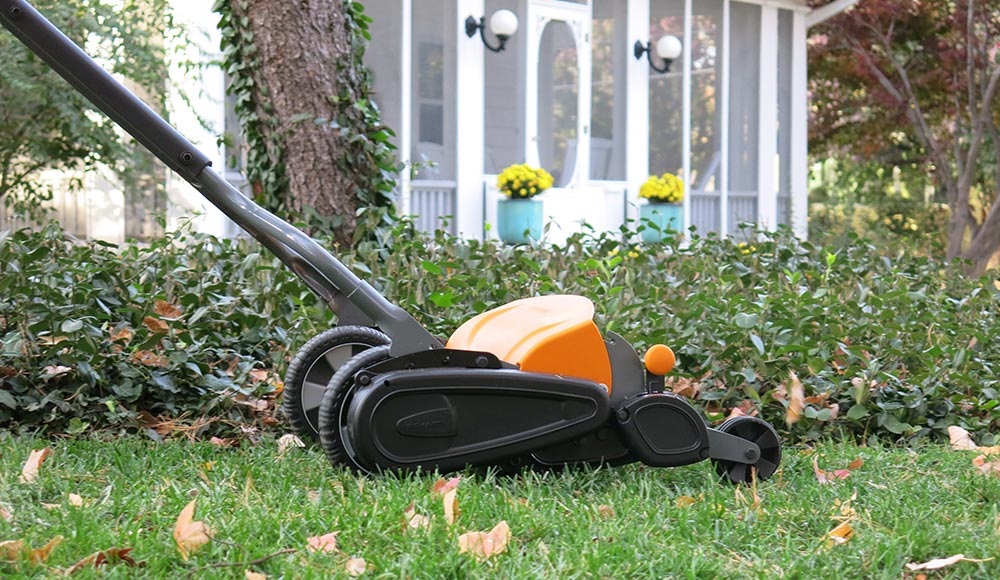
It’s easy to see many homeowners installing and maintaining a lawn in their outdoor space. There is nothing like seeing the vast green turfs sitting in your front yard or backyard. However, there is more to a lawn than meets the eye.
There are environmental benefits to having a lawn in your residential property. For one, it can prevent soil erosion, control flooding, and break down organic chemicals. It can also provide habitats for animals, create a cold atmosphere, and reduce noise. Lastly, it can boost your property’s curb appeal and home value.
Know that lawn maintenance is a crucial part of the overall equation. This constant upkeep includes mowing, water irrigation, weed removal, and pest control. However, lawn care is all the more necessary during the cold months. The last thing you want to happen is having your grasses wither and die.
That said, here’s how to take care of your lawn during winter:
1. Check your lawn beforehand
It’s a good idea to examine your lawn even before winter comes. Check to see if there are tall grasses, brown spots, and growing weeds. If these are all apparent, consider getting lawn maintenance services in the fall. For one, you need to mow the grasses to prepare for winter. Also, it’s best to get a sod supply and install some turf pieces in brown spots. Lastly, you ought to pull out those weeds in your yard.
2. Sprinkle grass seed
It’s essential to sprinkle some grass seeds during late fall or early winter. However, choose a seed package that indicates it is for “cool weather.” Once purchased, start spreading the seeds over the lawn using a spreader. You have to make sure that you do this as evenly as possible. That way, you won’t have empty spots in your outdoor space after winter.
3. Apply fertilizer
When it comes to growing vegetation, shrubs, trees, and even grasses, fertilizing is a vital part of the whole process. Organic or chemical fertilizers contain nutrients essential for the turfs’ health. As such, be sure to apply some fertilizers to your lawn with a spreader. The spreader releases pellets as you move it back and forth over the turf. Just make sure to follow the instructions on the labels.
4. Clean up your lawn
A part of your lawn care in winter includes cleaning up. It’s imperative to get rid of unwanted materials on your lawn. These include trashes, leaves, and other debris. Why? They can lead to all sorts of lawn issues. These include smothering grass, producing diseases, and inviting pests.
5. Rake your lawn
Aside from cleaning, raking can make a world of difference in your yard. All it takes is to grab a rake and drag it over your lawn. Keep in mind that raking does two key things: allowing the soil to breathe and covering the seeds a bit. Ultimately, raking must be a part of your lawn care practices.
6. Water your lawn
In line with lawn raking, make sure to water your turfs immediately. All it takes is to use a garden hose spray and irrigate your lawn. The ultimate goal is to moisten the soil right after raking. The last thing you want to happen is for the ground to dry out, leaving your turfs withering and dying.
7. Perform soil aeration
Soil aeration is a lawn care practice meant to address heavily compacted ground. The purpose is to create openings and allow the soil in your lawn to breathe. That way, vital elements such as air, water, and other nutrients can seep into the ground. The grassroots can easily and quickly absorb these essential elements. As such, you can use either a hand tool or a machine for aerating the soil in your lawn.
8. Monitor the weather
The last on the list is to monitor the unpredictable weather during winter. For the most part, your lawn can endure harsh weather conditions and survive the cold season. However, you must be on your toes in monitoring your sod. For instance, get rid of snowflakes forming and accumulating on your turf. That way, you can prevent the buildup of ice dams that can harm your lawn.
At this point, you now know how to care for your lawn during winter. Follow the lawn care tips recommended above, from checking beforehand to monitoring the weather. In addition, consider maintaining the yard yourself or hiring lawn maintenance services. Doing so will keep your turf healthy and evergreen all year round. Ultimately, you’ll have a lawn that can spruce up your residential property.

